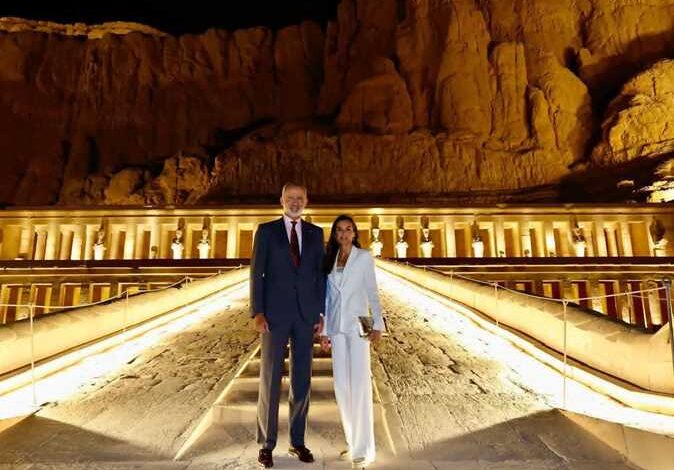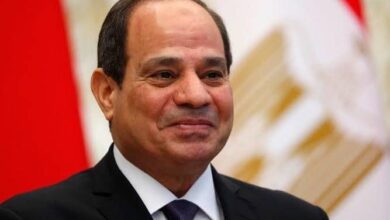
The historic visit by King Felipe VI and Queen Letizia of Spain to Egypt, which included tours of Cairo, Luxor, and major archaeological sites, has cast a new spotlight on the future of Spanish tourism to Egyptian destinations.
The expansive coverage transcended mere official protocol, becoming an indirect promotional campaign that placed images of Egypt on the front pages of major Spanish and European newspapers and magazines. The visit renewed the essential question for aviation and tourism experts: Can this media and political momentum translate into a tangible increase in air travel from Spain to Egypt in the coming months?
Mohamed Othman, a tourism expert and head of the Luxor Marketing Committee, stated that Spain is one of the most important European source markets for cultural tourism.
According to European studies on tourist behavior, the Spanish traveler places special importance on historical and cultural trips, making Egypt an ideal destination with its unique Pharaonic temples, artifacts, and museums.
Consequently, Spain was the first nation to send charter flights to Egypt in general, and Luxor specifically, following the COVID-19 pandemic. The total number of flights to Luxor currently stands at 16 weekly flights, increasing to 22 during peak season, and Spanish tourists have ranked first in inbound tourism to Luxor for the fourth consecutive year.
Othman added that the visit by King Felipe and Queen Letizia, according to reports in Travel and Tourism Worldwide (TTW) magazine—read by over 20 million people worldwide—could be a turning point in reshaping the map of Spanish tourist flows to Egypt, particularly if it is accompanied by an increased availability of direct flight capacity from Madrid and Barcelona to Cairo, Luxor, and Hurghada.
Othman stated, “The success of any tourism campaign depends primarily on the air infrastructure. EgyptAir already operates direct flights to Madrid and Barcelona, but their number is still limited compared to the potential demand. Given the current media momentum, it will be necessary to consider doubling the flight frequencies or even launching a seasonal direct route between Madrid and Luxor to support cultural tourism. This would follow the lead of other European carriers like Iberia and Air Europa, which are reportedly considering expansion into the Middle East.”
“International reports also indicate that Gulf airlines, such as Emirates and flydubai, play an indirect role in funneling Spanish traffic to Egypt through connecting flights. Nevertheless, the Spanish tourist ultimately prefers shorter, direct flights, which mandates Egyptian investment in this particular air route,” he added.
He pointed out that the royal visit had a profound effect on both media and public opinion. Newspapers like El País and La Vanguardia prominently featured photos of the King and Queen in front of Karnak Temple and the Valley of the Kings, which created a sense of awe and a powerful reminder of Egypt’s historical value.
For the tourism industry, this type of free media coverage is superior to any paid marketing campaign. As a direct result, some Spanish travel agencies have already reported an increase in inquiries about Egypt holiday packages for the upcoming October and November, demonstrating the immediate impact of the visit on traveler behavior.
Othman added that the Spanish royal visit to Egypt represented a strong boost for the tourism sector, but remains merely a “window of opportunity.” If Egypt successfully capitalizes on this momentum through flexible aviation policies and marketing campaigns directly targeted at the Spanish market, we could see a doubling of Spanish tourist numbers over the next two seasons.
This potential is amplified by the fact that the Spanish Queen wearing clothing made of Egyptian cotton and featuring an Egyptian design serves as a major promotion for Egyptian products. Similarly, the King’s meeting with Spanish archaeological missions working in Luxor constituted unprecedented publicity. Otherwise, the current media excitement will fade, remaining only a fleeting moment in the historical relationship between Madrid and Cairo.




